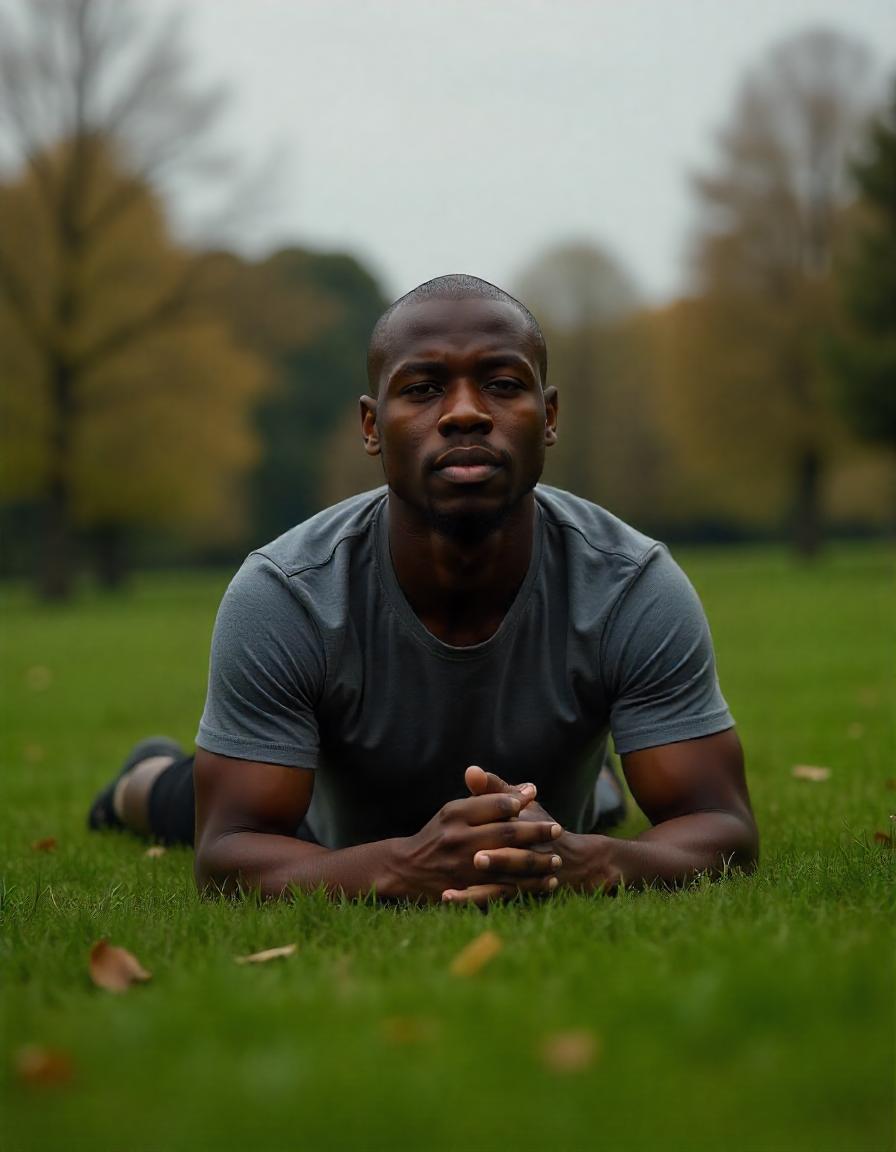In today's whirlwind world, feeling anxious is, unfortunately, becoming increasingly common. Whether it's the pressure of deadlines, relationship woes, or the constant stream of information bombarding us, anxiety can manifest in many ways, leaving us feeling overwhelmed, restless, and even physically unwell. But the good news is you don't have to let anxiety rule your life. There are simple, effective techniques you can use right now to regain control and find your inner calm.
Here are three calming techniques you can easily incorporate into your daily routine, no matter where you are:
1. Box Breathing: A Simple Reset for Your Nervous System
Box breathing, also known as square breathing, is a powerful technique used by Navy SEALs and therapists alike to quickly reduce stress and improve focus. It's incredibly simple and can be done anytime, anywhere. The practice helps regulate your autonomic nervous system, shifting you from the fight-or-flight response (sympathetic nervous system) to a state of rest and digest (parasympathetic nervous system).
How to do it:
- Inhale: Slowly inhale through your nose for a count of four. Notice the air filling your lungs.
- Hold: Hold your breath for a count of four.
- Exhale: Slowly exhale through your mouth for a count of four. Feel the tension leaving your body.
- Hold: Hold your breath again for a count of four.
Repeat this cycle for several minutes, focusing solely on your breath and the count. You'll likely find your heart rate slowing down and your mind becoming clearer.
Why it works: By consciously controlling your breath, you're directly influencing your nervous system. The rhythmic pattern of inhales, holds, and exhales interrupts the anxious thought cycle and allows your body to relax.
2. The 5-4-3-2-1 Grounding Technique: Anchoring Yourself in the Present Moment
When anxiety takes hold, it can feel like you're spiraling out of control, disconnected from your surroundings. The 5-4-3-2-1 grounding technique helps bring you back to the present moment by engaging your senses. It's a fantastic tool to use when you feel your anxiety escalating or experiencing a panic attack.

How to do it:
- 5 - Senses: Acknowledge five things you can see around you. It could be anything, from the color of the wall to the shape of a cloud.
- 4 - Touch: Acknowledge four things you can physically touch. Feel the texture of your clothes, the smoothness of a table, or the warmth of a cup.
- 3 - Hearing: Acknowledge three things you can hear. Listen for the hum of the refrigerator, the chirping of birds, or the sound of traffic.
- 2 - Smell: Acknowledge two things you can smell. It might be the scent of coffee, the fragrance of a flower, or even just the subtle smell of your surroundings.
- 1 - Taste: Acknowledge one thing you can taste. This could be a piece of gum, a sip of water, or simply the taste in your mouth.
Take your time with each step, truly engaging with each sense.
Why it works: This technique pulls your focus away from anxious thoughts and redirects it to the immediate sensory experience. By grounding yourself in the present, you can interrupt the anxiety spiral and regain a sense of control.
3. Progressive Muscle Relaxation (PMR): Releasing Physical Tension, Releasing Mental Tension
Anxiety often manifests physically as muscle tension, leading to headaches, stiff shoulders, and an overall feeling of discomfort. Progressive Muscle Relaxation (PMR) is a technique that involves systematically tensing and releasing different muscle groups in your body to promote relaxation.
How to do it:
- Find a comfortable position, either sitting or lying down.
- Start with your forehead. Tense all the muscles in your forehead for 5-10 seconds.
- Slowly release the tension and notice the feeling of relaxation.
- Move down your body, tensing and releasing each muscle group in turn: eyes, jaw, neck, shoulders, arms, hands, chest, stomach, legs, and feet.
- Focus on the difference between the tension and relaxation, enjoying the feeling of release.

There are numerous online guides and audio recordings that can walk you through PMR.
Why it works: PMR is based on the principle that physical relaxation can lead to mental relaxation. By consciously tensing and releasing your muscles, you become more aware of the physical sensations associated with anxiety and learn to release them.
Incorporating Calm into Your Life
These three techniques are just a starting point. Experiment with each one and find what works best for you. Consistency is key; incorporating these practices into your daily routine, even when you're not feeling anxious, can help build resilience and manage stress more effectively in the long run.
Remember, you are not alone in your experience with anxiety. If you're struggling to manage your anxiety on your own, consider seeking professional help from a therapist or counselor. They can provide you with personalized strategies and support to navigate your anxiety and live a more peaceful and fulfilling life.
Until next time check out my digital products store for my new Ebook; "When Life Cracks, Emerging the Storm with Calm Resilience: Practical tools for Crisis Management."
Continue to Be Bold, Make Your Impact and Enjoy Life!


